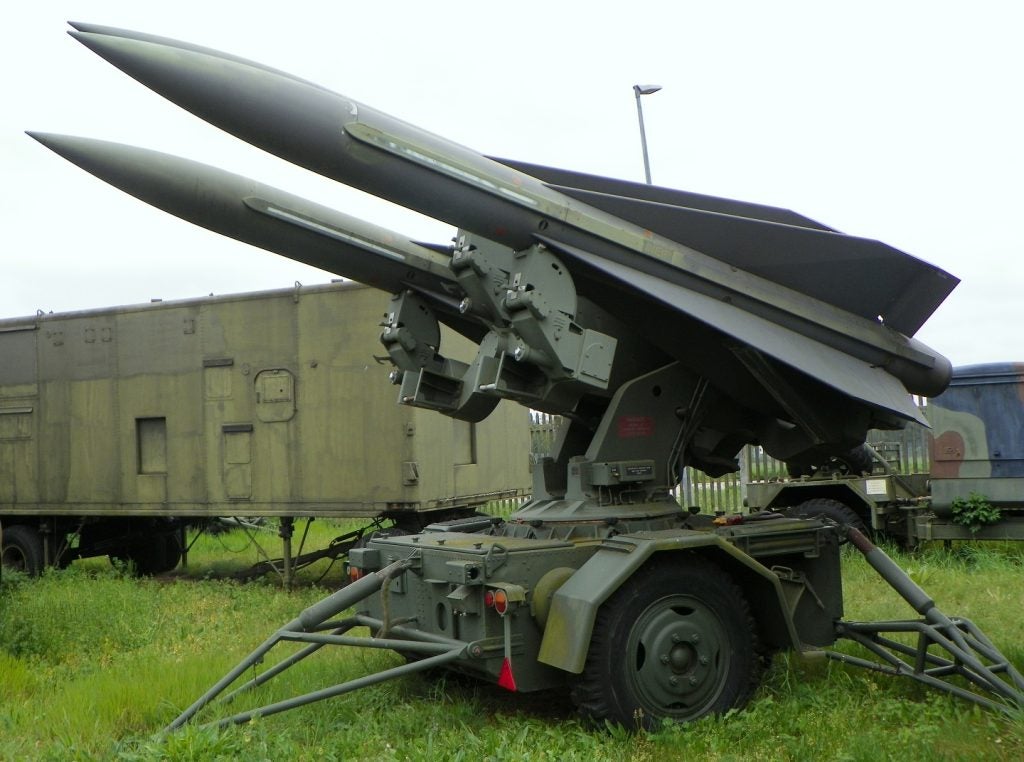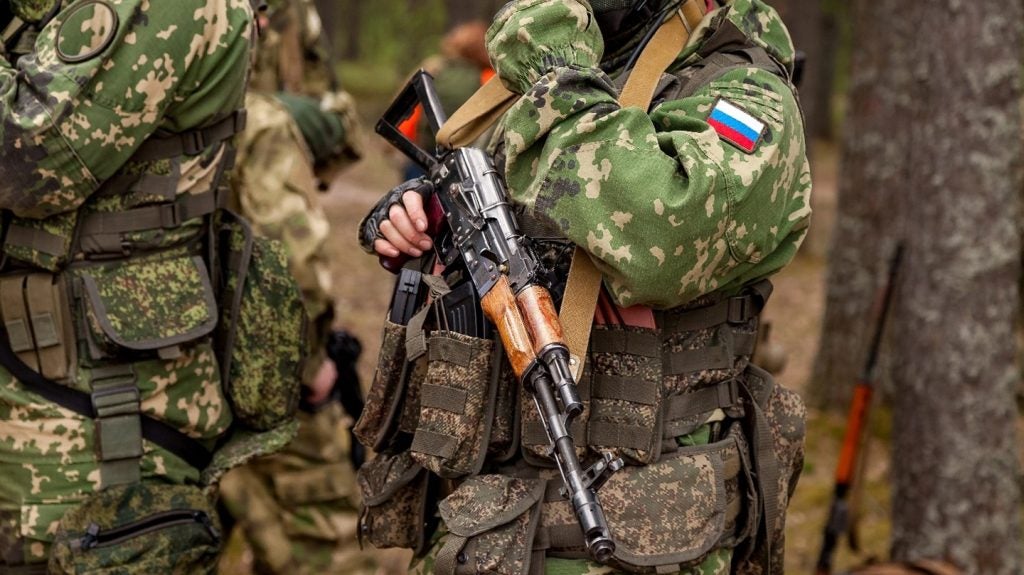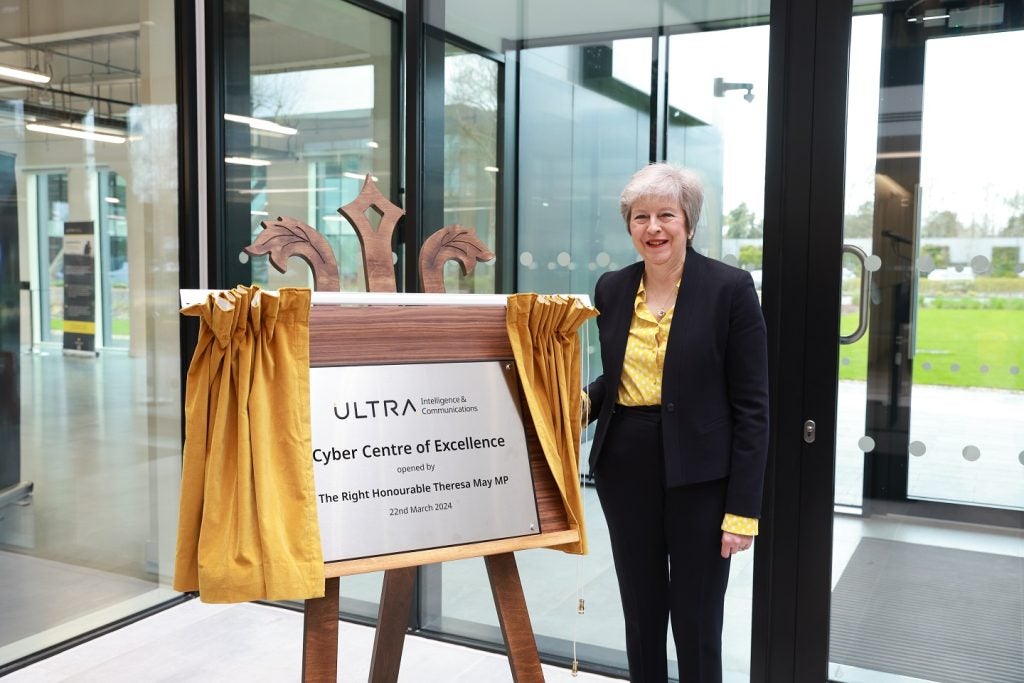
The “booby trap” is as old as war itself, but in the era of Iraq and Afghanistan, its most modern incarnation – the improvised explosive device (IED) – has finally made the transition from tactical ‘nuisance’ to full-blown strategic threat.
In many respects IEDs are emblematic of the wider struggle between coalition armies and the insurgency – a sophisticated cat-and-mouse game as a technologically superior force adapts to the shifting moves of its largely invisible and inventive foe. This is a truly asymmetric conflict, where homemade ingredients mix with innately cunning and low-tech solutions to devastating effect.
According to reports from Nato and the US, in the Afghan theatre alone, a three-and-a-half-fold increase in the incidence of these devices since 2007 has resulted in four times as many troop deaths and seven times as many injuries.
As Lieutenant General Thomas F Metz, then director of the US Joint IED Defeat Organisation (JIEDDO) put it, “the IED cannot defeat us tactically, but, if we let it, it will defeat us strategically”. Small wonder then that IEDs have been described as the single biggest challenge facing the military today.
Meeting the IED challenge
Countering the threat principally involves the three interwoven strands of protection, detection and neutralisation – though their relative contributions vary both over time as the IED threat itself evolves, and within individual solutions. The development of military vehicles over recent years is a case in point.
How well do you really know your competitors?
Access the most comprehensive Company Profiles on the market, powered by GlobalData. Save hours of research. Gain competitive edge.

Thank you!
Your download email will arrive shortly
Not ready to buy yet? Download a free sample
We are confident about the unique quality of our Company Profiles. However, we want you to make the most beneficial decision for your business, so we offer a free sample that you can download by submitting the below form
By GlobalDataConditions on the ground inevitably dictated that the protective element of the traditional fighting vehicle triad of on-board firepower, mobility and protection rose in importance. Consequently existing armoured personal carriers (APCs) and infantry fighting vehicles (IFVs) were soon modified and upgraded.
The fast-mutating character of insurgency engagements has subsequently seen upgrades on those initial upgrades, along with the development and deployment of new classes of protected patrol vehicles (PPVs) and mine-resistant ambush protected vehicles (MRAPs).
Even as this line of evolution continues, with the off-road advantages of lighter armoured utility vehicles over the heavy Mastiffs and Cougars beginning to tell in the mountainous terrain of Afghanistan, the threat itself has changed.
The Taliban’s current tactical shift has moved the focus away from armour and towards the more vulnerable target of personnel, their experience in Nawzad having quickly established just how effective this could be at causing significantly higher casualty rates.
Effective IED detection
In the words of one security consultant shortly to return to Iraq, “there’s no such thing as 100% bomb proof, so good bomb-detection is essential” – but that self-evidently calls for a clear idea of what needs to be detected.
There is an essential difference in nature between the IEDs used in Iraq and those used in Afghanistan, the former typically being artillery shells detonated by radio-control and the latter commonly comprising homemade explosive – often fertiliser based – and set off by wires.
This lack of significant metal components and electronic trigger mechanisms inevitably makes detection difficult and, from the outset, largely precluded the potential for major cross-application of the lessons learnt in Baghdad and Basra.
The Taliban’s latest generation of IEDs – smaller, less sophisticated and easier to conceal – obviously poses further challenges.
IED technology and innovation
The defence industry has, nevertheless, been swift to pick up the gauntlet. Husky vehicles in Afghanistan, for instance, have been fitted with a specific IED detection kit, which includes a ground-penetrating radar system capable of identifying buried objects, metallic or otherwise.
Deployed in 2009, the technology has already proven its worth in-theatre by detecting pressure-plate-triggered IEDs without loss of life. Advances have been made at soldier level too. The Ahura chemical recognition tool – according to JIEDDO, “the first viable capability to identify home-made explosive (HME) and pre-cursor components on the battlefield” – has also begun to rack up operational successes in Iraq and Afghanistan.
Developing second-generation detection technology – and counter-IED systems in general – has fast assumed major R&D priority for the defence community globally, attracting sizeable budget allocations to match.
Aside from detection and surveillance, a range of other potentially life-saving technologies are also under development, including stand-off wireless and optical communication disruption and predetonation devices, but deploying them around the world will not come cheap.
According to estimates from Homeland Security Research, the bill for rolling out the next generation of anti-IED technologies will be in excess of $5bn a year.
For those on the front line, however, there is no time to waste. In November, the same source reported that “current IED mitigation technologies and procedures are, at best, only 45% effective”.
Neutralising the threat
Neutralising the threat is another obvious focus for innovation and advances in a range of related technologies have already been operationally deployed.
Electronic countermeasures has been one notable area of development, particularly in communication detection, denial and jamming. For IEDs that are remotely detonated via RF or cellular signal, the advent of wideband, VHF-UHF and satellite-capable jammers – the likes of Netline’s devices or the US military’s various CREW systems – are snatching the advantage away from the bomber. In 2009, JIEDDO reported that “the enemy must now use over seven IEDs to generate one casualty in Iraq”. It seems the balance is beginning to shift.
Afghanistan, however, calls for an altogether different approach and with a high emphasis on vigilance, effective surveillance technology is one sector that comes into its own. The use of unmanned aerial vehicles (UAVs), for instance, for both “over-the-hill” and more distant operations, has already proven itself in this respect for counter-insurgency actions, enabling real-time video and telemetric data to be brought to bear on IEDs and their creators.
The IED stand off
Nevertheless, despite UAV successes, the battle will not be won by the likes of Reapers, Predators and Skylarks alone. With the Taliban effort now firmly directed against personnel, the case for enhancing stand-off capabilities is compelling. Devices such as the Interrogation Arm, for instance, allow ground forces to examine suspicious objects at a distance, from within the safety of their vehicle.
Equipped with a digging claw and a metal detector, Interrogation Arms have been invaluable on RG-31 vehicles used by route clearance patrols in Afghanistan, bringing IED interrogation capability to terrain that is inaccessible to heavier MRAPs.
Consistently rated as one of the top counter-IED technologies by returning combat teams, according to JIEDDO, robots continue to be essential tools in theatre. Systems such as the MARCBot, XBot and Talon provide US forces with high clearance competency, while, in January, the UK deployed the lightweight Dragon Runner – a state-of-the-art, back-packable robot, ideally suited to the Afghan terrain. Such high-tech additions ensure that robots remain the last word in stand-off.
Learning the lessons
There are lessons to be learned from every conflict. As General Sir David Richards, head of the British Army, pointed out in his recent address to the International Institute for Strategic Studies, for the insurgency it has been how easily cheap weaponry can pose a deadly threat to technically superior conventional forces.
For the international force, perhaps the most important lesson is understanding the near-constant mutability of the threat itself – or, as one recently returned Black Watch private more prosaically put it after seven-months in Helmand Province – “just how quickly things move on”.
It seems countering IEDs is largely about keeping pace.







